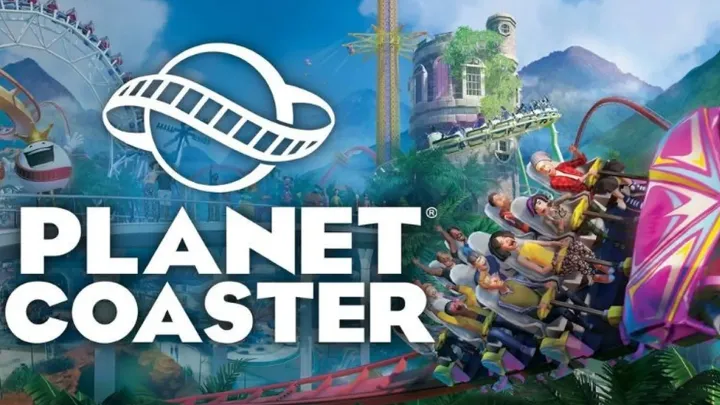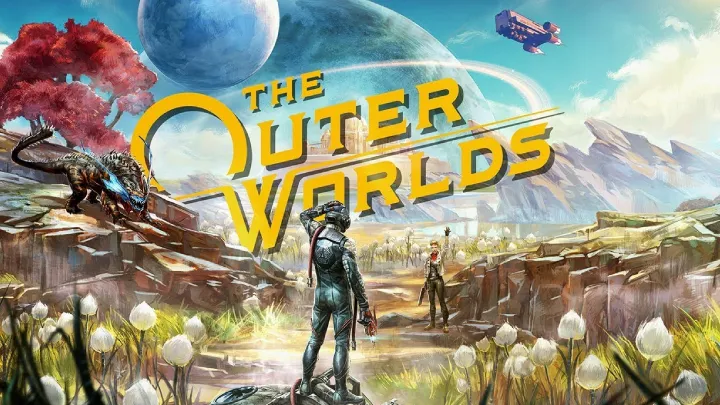Forza Horizon 5 isn’t just a racing game set in Mexico—it is a racing game shaped by Mexico. Its biomes do more than decorate the world; they actively influence handling, speed, strategy, tuning, routes, progression, and the emotional cadence of every race. This article dives deep into one specific issue that many players underestimate: how Forza Horizon 5’s extreme biome diversity fundamentally alters the game’s physics and design, creating a unique and unpredictable driving ecosystem.
Below is a sequential exploration of this issue through ten major sections, moving from environmental theory to real gameplay applications.
1. Understanding Biome Diversity as a Game System
Forza Horizon 5 contains one of the most varied open-world environments ever featured in a racing game. While the casual player might see “locations,” the game treats biomes as systemic physics modifiers. Each biome influences traction, tire wear simulation, drag, top speed potential, and even how AI opponents behave.
Mexico’s eleven biomes include deserts, forests, wetlands, volcanic rockfields, tropical coasts, dunes, farmland, canyons, urban centers, and more. These aren’t aesthetic swaps; they are physics contexts. The game engine recalculates grip coefficients, weight transfer behavior, tire deformation, and surface friction for each terrain material.
In this sense, biome diversity becomes a hidden “ruleset” that quietly governs the player's experience from start to finish.
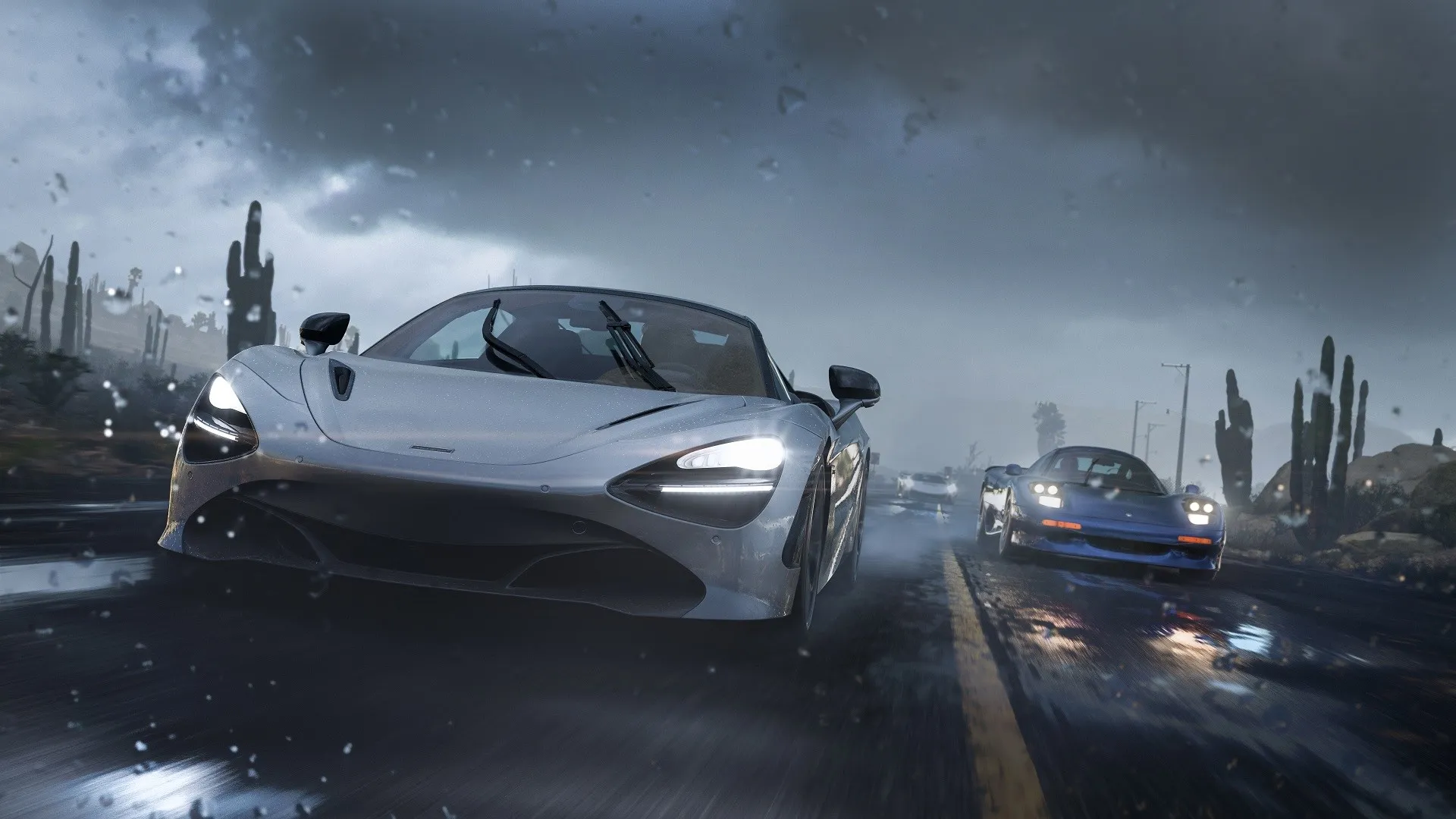
2. How Terrain Type Alters Car Physics
Different terrain types in Forza Horizon 5 are built with unique physical properties. Asphalt, sand, mud, gravel, volcanic rock, and even grass each carry their own coefficient values. The handling formula changes dynamically, creating distinct “micro-climates of physics.”
Traction and Grip Variation
On dry asphalt, the car responds instantly to steering and braking inputs. On deep sand, however, the tires “float,” creating drag that dramatically reduces acceleration and alters the car’s center of gravity behavior.
Weight Transfer and Suspension Load
When transitioning from one biome to another, especially when hitting rocky jungle terrain after smooth road, the suspension takes on sudden and unpredictable loads. This can unsettle even the most stable builds, forcing players to tune with broader versatility.
Environmental Drag
Humidity-heavy biomes like jungles add subtle aerodynamic drag. The effect is small but noticeable at high speeds, especially in speed trap and speed zone events.
Thus, terrain is not just scenery—it’s a giant invisible hand pushing, pulling, and reshaping every race.
3. Biomes and Seasonal Shifts: A Layered Interaction
A unique aspect of Forza Horizon 5 is that seasons don’t merely recolor the world—they change how each biome behaves physically. The same biome plays differently depending on the season, creating exponential variation.
Wet Season Jungle
The jungle becomes slippery, with mud pockets that significantly lower traction. Off-road builds must adjust tire pressure or risk spinning out.
Hot Season Desert
Dry sand becomes looser, increasing bounce and requiring vehicles with better damping and low-end torque.
Storm Season Coastline
Coastal biomes become dangerous during tropical storms; crosswinds subtly push cars off the ideal racing line.
The layered interaction of biome + season creates thousands of unique driving conditions, making the world feel alive and unpredictable.
4. Biomes and Race Route Design
Race routes in Forza Horizon 5 are not randomly placed—they are engineered around biome properties. Designers use terrain to shape race identity, difficulty, and pacing.
Jungle Races
Jungle tracks intentionally include narrow pathways, blind corners, and traction traps that slow down high-performance street cars.
Desert Races
Open desert trails favor high-speed, low-downforce trucks and buggies.
Volcano Routes
The volcanic rock biome introduces jagged surfaces and sharp elevation shifts that test stability and braking technique.
The environment itself becomes part of the race design philosophy, pushing players to adapt rather than rely on a single meta vehicle.
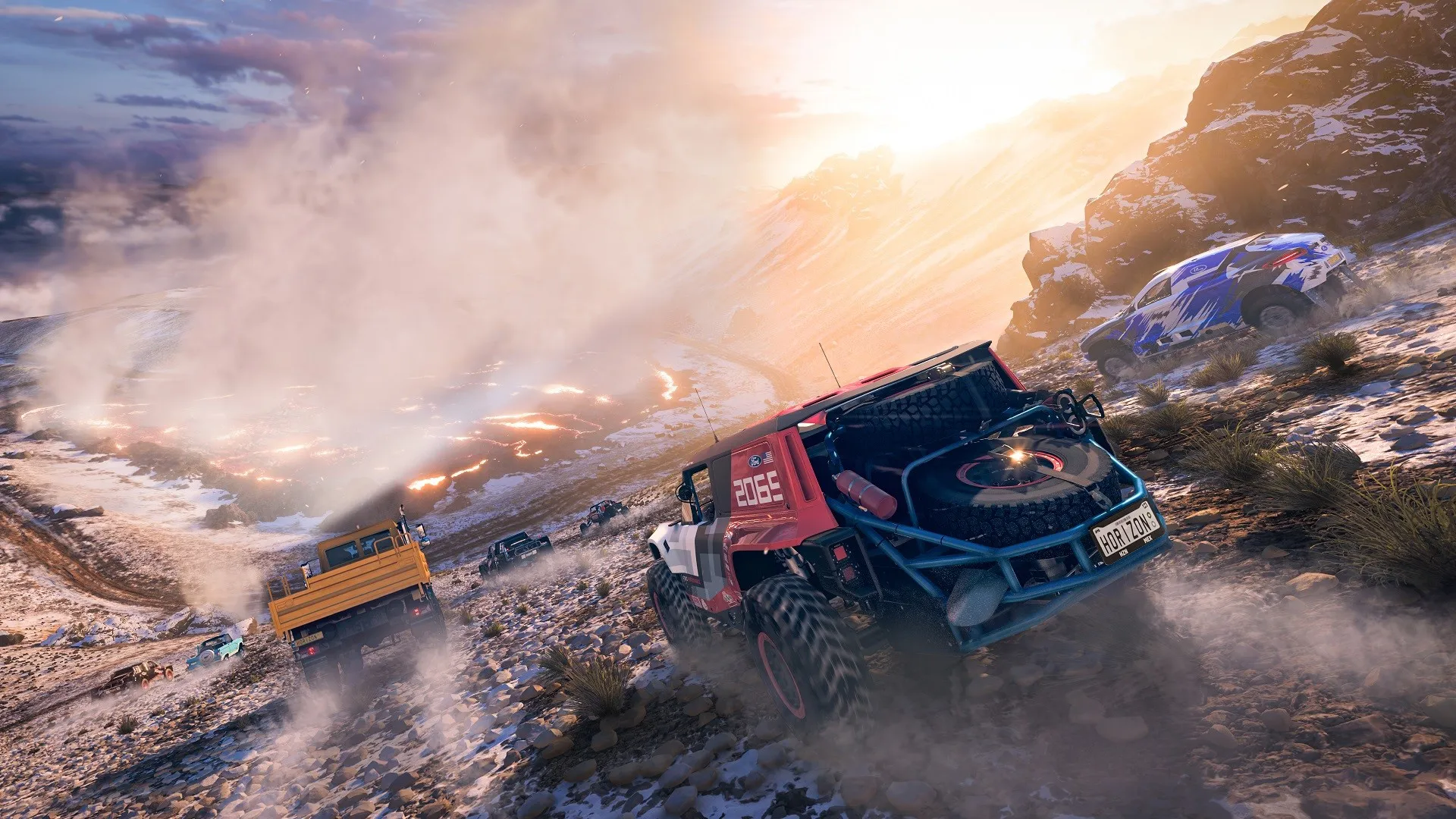
5. The Player’s Choice of Cars and Builds
Because biomes influence driving, players hit a surprising realization: no single car is viable everywhere.
Biome-Based Build Strategies
Players eventually learn to maintain sets of cars:
- Jungle builds: High suspension travel, AWD, rally tires
- Desert builds: RWD or AWD with off-road suspension
- Mountain/volcano builds: Torque-heavy engines with strong braking
- Urban/road builds: Low suspension, slick tires, aerodynamic tuning
Tire Choice as the Most Biome-Sensitive Upgrade
Tires transform car behavior dramatically:
- Slick tires excel on asphalt but fail in mud.
- Off-road tires kill top speed but are essential in jungles.
- Rally tires act as a compromise but never outperform in extremes.
Biome diversity forces players to consider build specialization, encouraging experimentation over one-build dominance.
6. Biome-Driven AI Behavior and Drivatar Performance
The game’s Drivatar AI system does not operate identically across all terrains. Certain biomes create distinct challenges that the AI responds to differently.
AI Overcompensation
In wet jungle terrain, AI tends to over-brake, giving skilled players a clear window to overtake.
AI Underestimation
In desert sand, Drivatars often accelerate aggressively, causing them to fishtail and lose time.
Urban Biome Mastery
On city roads, AI performs near-perfect line discipline. Narrow streets amplify its strengths, requiring players to tune more precisely.
Biome design thus affects overall race difficulty through environmental influence on AI behavior.
7. Exploration and Discovery: Biomes as Progression
Progression in Forza Horizon 5 isn’t linear—it is geographical. The game gradually introduces new biomes to escalate complexity. This creates a natural difficulty curve tied to discovery rather than arbitrary level gating.
Early Game: Flat, Fast Biomes
The game starts players in friendly environments like open desert and farmland.
Mid Game: Technical Biomes
Jungle and mountain areas introduce demanding traction patterns and tight lanes.
Late Game: Extreme Terrain
Volcano routes and canyon cliffs push players to master advanced physics concepts like trail braking, weight control, and controlled drift.
Biome progression becomes gameplay progression.
8. Biomes and Player Psychology
Beyond mechanics, biomes influence the emotional rhythm of gameplay. Mexico’s world is structured to create alternating phases of relaxation, tension, challenge, and speed.
High-Adrenaline Biomes
The dunes and desert highways invite top-speed runs, creating a sense of freedom and power.
Claustrophobic Biomes
The jungle induces tension through reduced visibility and unstable surfaces.
Majestic Biomes
The volcano and mountain regions create awe, slowing the pace and encouraging contemplation rather than competition.
This psychological pacing contributes greatly to the long-term enjoyment of the game.
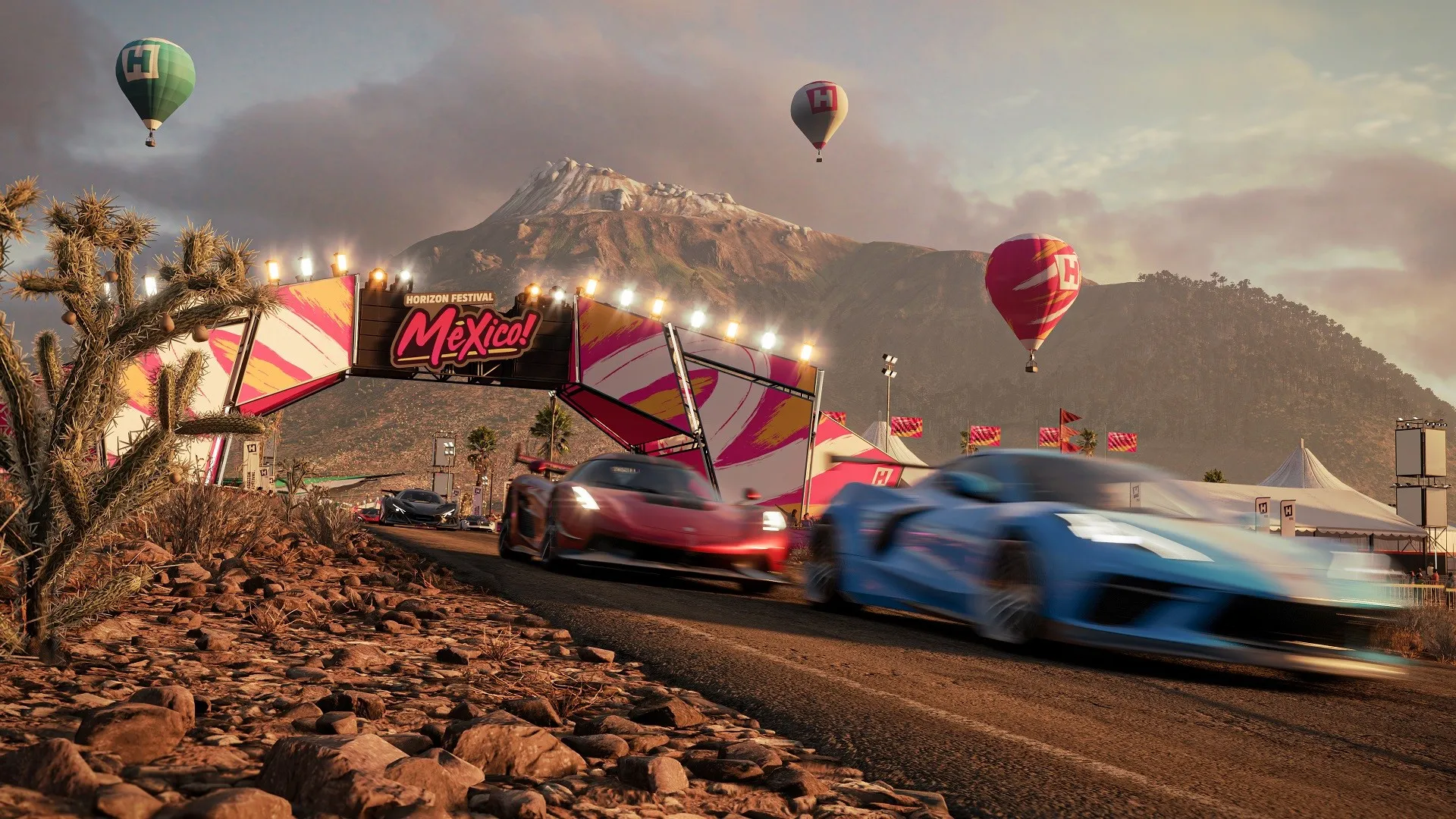
9. Competitive Strategy in Online Play
In multiplayer races, biomes become tactical assets. Competitive players must predict environmental conditions and choose their vehicles accordingly.
Reading the Map Before the Match
Top players memorize biome layout to anticipate:
- Traction zones
- Blind corners
- Surface changes
- Elevation drops
- Water crossings
Meta Shifts Based on Biome Trends
Certain biomes favor certain metas:
- Jungle: Rally monsters dominate
- Desert: Off-road trucks
- Street city races: Hypercars and road builds
- Volcano: Hill-climbing torque builds
Understanding biome effects becomes essential for winning online.
10. Biomes as an Expression of Mexico’s Identity
Finally, biome diversity in Forza Horizon 5 is not just mechanical—it is cultural. The world is built to reflect the beauty, danger, variety, and spirit of Mexico.
Culture Through Landscape
Every biome mirrors real Mexican geography:
- The Sonoran-inspired desert
- The lush Chiapas-style jungles
- The Baja-like dunes
- The volcanic La Gran Caldera
Cultural Identity in Environmental Storytelling
The landscape tells stories: abandoned roads hint at migration; crop fields show rural labor rhythms; ancient temples rise through the jungle canopy.
By rooting racing mechanics in real geography, Forza Horizon 5 transforms Mexico into a living, breathing co-driver.
Forza Horizon 5’s biome diversity is not simply a visual feature—it is a foundational system that shapes physics, progression, race design, car builds, AI behavior, player strategy, and emotional pacing. By building Mexico as a network of dynamic biomes, the developers created a driving experience where the world itself is the most influential gameplay mechanic.
Every race, every drift, every corner is touched by the unseen logic of the land. Understanding this system unlocks the game’s deepest layers and reveals why Forza Horizon 5 feels unlike any racing game before it.















